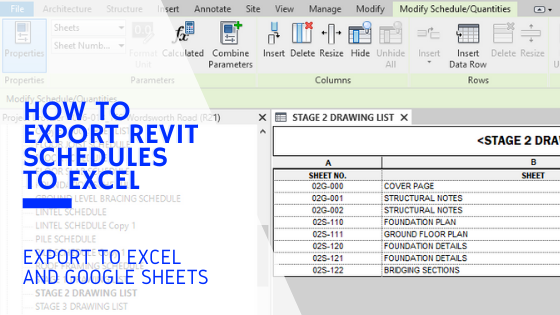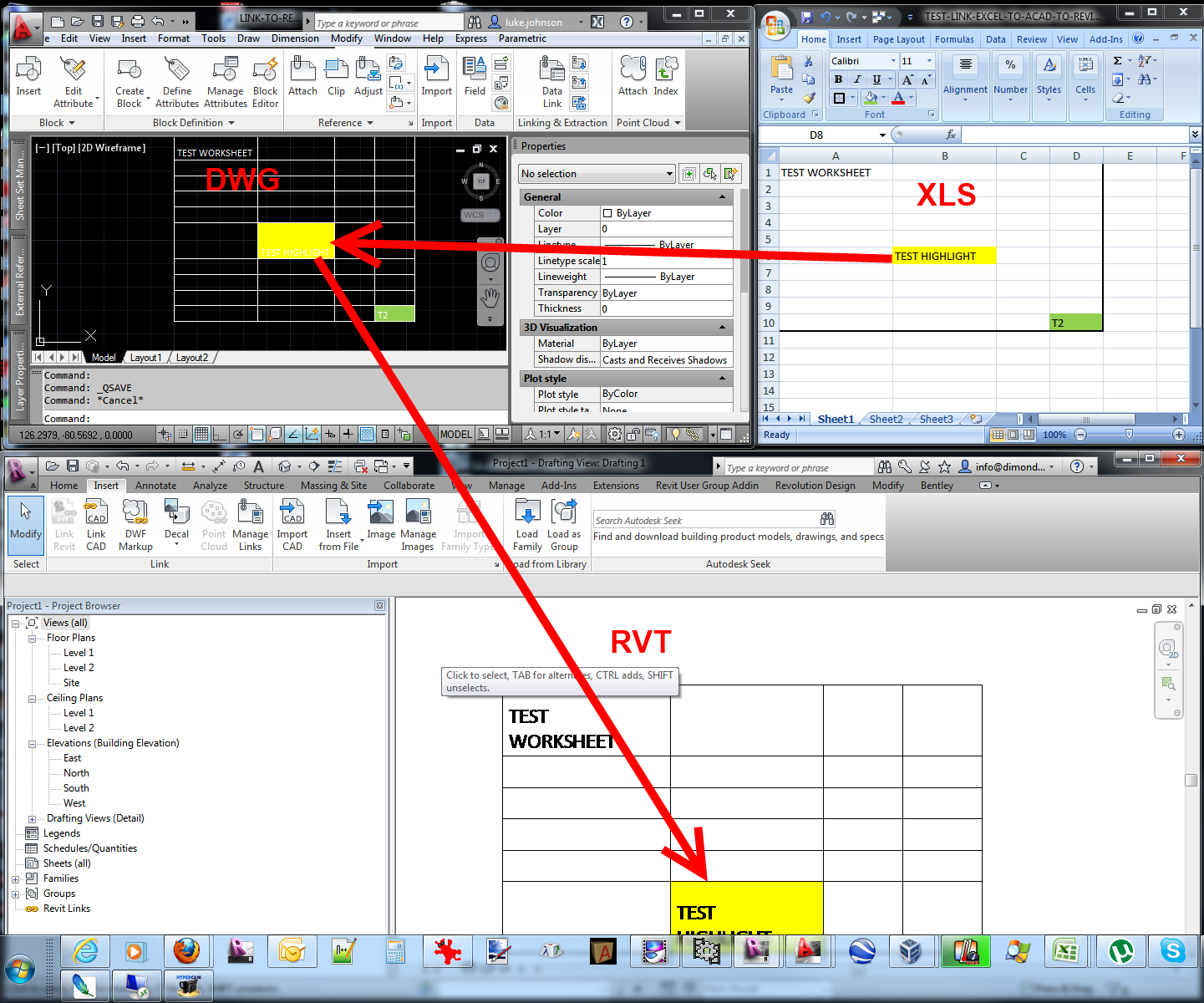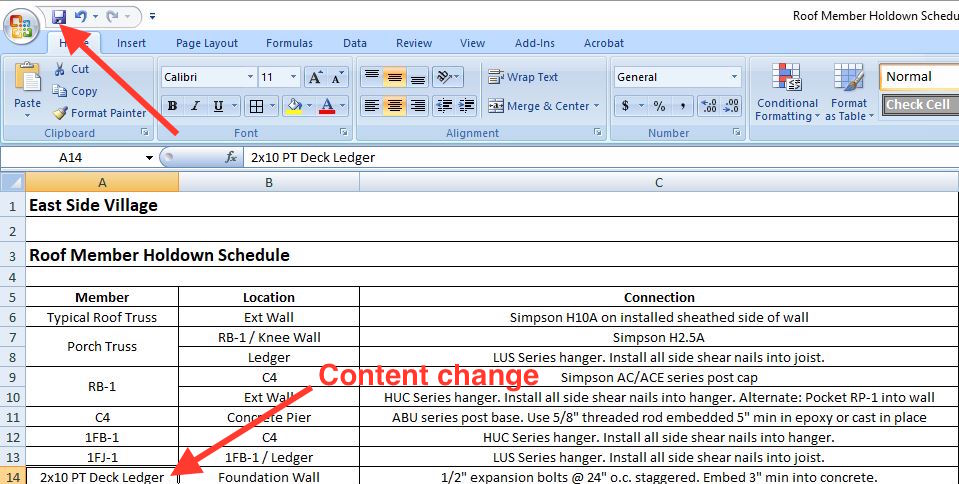Boost Your Revit Experience with Essential Revit Tools and Add Ins
Wiki Article
Mastering the Art of Data Combination: Exactly How to Seamlessly Import Excel Record Into Revit
In this article, we will guide you through the process of grasping the art of data combination. Obtain prepared to prepare your Excel information easily and follow our step-by-step guide to import data into Revit. With our finest methods, you'll attain information assimilation success in no time.Understanding the Importance of Data Integration in Revit
Recognizing the importance of data integration in Revit is vital for smooth importing of Excel data. When you incorporate information from Excel right into Revit, it permits you to effectively manage and upgrade information throughout the whole job. This combination ensures that your layout and building procedure is updated and exact.By incorporating data, you can quickly import and update criteria, timetables, and even geometry in Revit. This eliminates the requirement for hand-operated information entrance, saving you time and reducing the threat of mistakes. With Revit's data assimilation abilities, you can maintain uniformity and accuracy in your project, while additionally boosting cooperation amongst employee.

Exploring the Excel File Style for Revit Integration

In order to successfully incorporate Excel documents into Revit, it is important to guarantee that the data is formatted appropriately. This consists of correctly labeling rows and columns, along with structuring the data in such a way that works with Revit's data schema. Revit utilizes specific criteria and classifications to organize information, so it is necessary to straighten the Excel data with these parameters to make certain a smooth assimilation.
In addition, it is essential to note that Revit only sustains particular information types when importing from Excel. These consist of message, numbers, and days. Any type of other information kinds, such as formulas or conditional formatting, will not be acknowledged by Revit and may create issues throughout the integration process.
Preparing Your Excel Information for Seamless Import Into Revit
To make sure a smooth combination procedure, you'll require to effectively format and label the columns and rows in your Excel data before importing it into Revit. Start by analyzing your Excel data and identifying which columns and rows consist of relevant info for your Revit job.Next, guarantee that the data in each column is properly formatted. If you have a column for dimensions, make certain that all measurements are continually formatted in the very same units of measurement. Revit counts on consistent format to properly translate and import data.
Additionally, it is necessary to check for any kind of vacant cells or our website incongruities in your information. Revit may not be able to read or import information from cells that are vacant or include errors. Therefore, it is advised to assess your Excel data and tidy up read any kind of variances before importing it into Revit.
Step-By-Step Guide to Importing Excel Files Into Revit
When you've appropriately formatted and identified your Excel information, you can easily import it right into Revit by following this step-by-step overview. To begin, open Revit and navigate to the "Insert" tab. revit tool.Next, a dialog box will certainly show up, permitting you to tailor the import setups. Right here, you can pick the worksheet you wish to import, define the range of cells to import, and choose the ideal units for your information. Once you've made your choices, click "OK" to continue.
Revit will currently present a preview of your Excel information. Take a moment to assess the preview and ensure that whatever looks right. If needed, you can make adjustments to the import setups by clicking on the "Setups" switch.
Finest Practices for Data Integration Success in Revit
Make sure you follow navigate to this website these best practices to ensure effective assimilation of information in Revit. It is vital to arrange your data in Excel before importing it into Revit. Be conscious of the data and systems types when mapping the data, as any disparities can lead to mistakes in the combination process.Another vital technique is to consistently confirm and update your data. As your task advances, it is vital to maintain your Excel data up to day with any kind of modifications made in Revit. This will help keep the accuracy and uniformity of your information across both systems. Furthermore, use information validation devices within Revit to determine any mistakes or disparities in the incorporated data.
Last but not least, it is suggested to develop a clear process for information integration. This consists of specifying obligations and duties, establishing an interaction network between employee, and establishing a normal cadence for data updates and testimonials. By following these finest techniques, you can ensure a smooth and effective combination of information in Revit, ultimately enhancing the performance and accuracy of your job.
Verdict
Finally, grasping the art of information assimilation is essential for smooth import of Excel files into Revit. Comprehending the relevance of information integration in Revit is the very first step towards successful combination. Discovering the Excel documents layout for Revit integration helps in understanding the demands and restrictions. Preparing the Excel information properly and adhering to a detailed guide is necessary for a smooth import procedure. By adhering to ideal techniques, you can make certain information assimilation success in Revit and make one of the most out of your task.When importing data from Excel into Revit, it is vital to comprehend the file format and how it can impact the combination process (revit plugins). Revit utilizes particular parameters and classifications to organize data, so it is essential to straighten the Excel data with these parameters to make certain a seamless combination
Be conscious of the systems and data types when mapping the data, as any kind of discrepancies can lead to mistakes in the combination procedure.
Additionally, make use of information validation devices within Revit to recognize any kind of errors or disparities in the incorporated information.

Report this wiki page